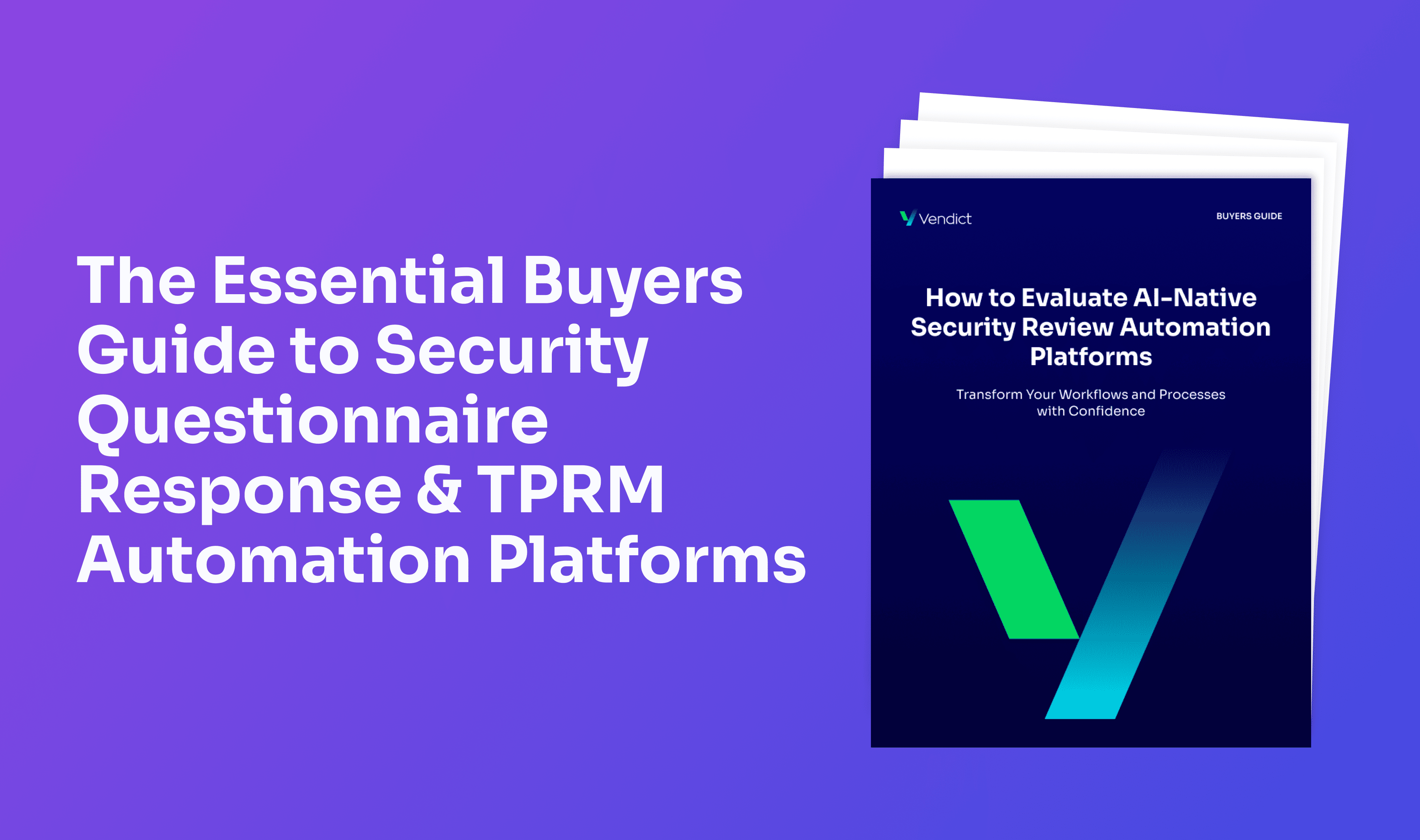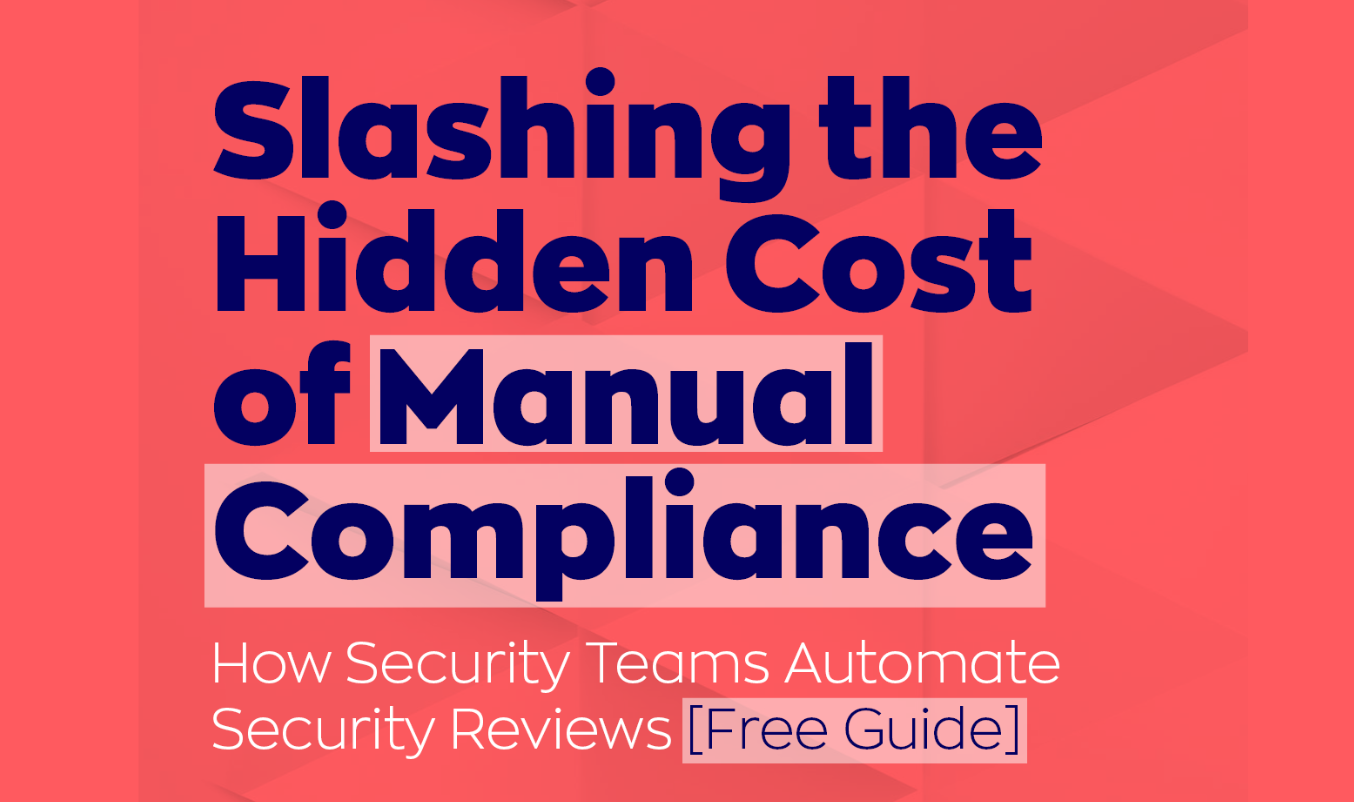Completing security questionnaires: 6 best practices for vendors

Today’s IT-driven commercial landscape keeps supply chains up and running 24/7. But due to cyber risks and other inherent risks of transacting online, organizations are wary of working with third-party vendors.
Vendors must answer security questionnaires as part of their due diligence. However, a security questionnaire can have over a hundred questions covering anything from information security to regulatory compliance.
Imagine completing more than 20 of these vendor security checks yearly. When compounded, it could mean months’ worth of time spent away from technical work.
We’re presenting six strategies for answering vendor security questionnaires. These best practices can help with your bidding or business continuity compliance efforts.
What’s a Vendor Security Assessment Questionnaire?
A vendor security assessment questionnaire is a set of questions organizations use to evaluate vendor security posture. It’s important to avoid data breaches.
Vendors disclose essential details regarding their security controls and relevant management process by accomplishing them. It aids buyers in assessing the potential risks their partnership with the vendor entails.
Example: A buyer may require a cybersecurity provider to give crucial operational information as part of their risk assessment process.
To comply, the latter must submit their security protocols, policies, and tech capabilities by answering a custom-made survey.
6 Best Practices for Completing Vendor Security Assessment Questionnaires
Like vendor risk assessment questionnaires, completing a vendor security questionnaire is essential for forging buyer-vendor relationships.
Here are six strategies to improve your response time and accuracy.
1. Create an Answering SOP
Establish a standard operating procedure incorporating workflows, process owners, internal SMEs, channels, and repositories.
Publish this SOP in your company wiki or IMS to ensure widespread awareness and continuity in the answers.
2. Draw a Security Assessment Plan
A security assessment plan provides a structured approach to identifying your company’s security risks and areas for improvement.
As part of the vendor risk management program, it can be instrumental in answering security questionnaires.
Your plan must include the following:
- Executive Summary
- Objectives and Scope
- Methodology
- Roles and Responsibilities
- Timeline and Deliverables
- Reporting
3. Establish a Security Questionnaire Response Library
Be proactive. Gather and follow relevant compliance frameworks before receiving industry-standard questionnaires.
Having a bullet-proof structure in place helps your team/s finish the requirement quicker. Some common industry frameworks include SSAE/SOC I and II, ISO/IEC 27001, CIS Controls, CAIQ, and NIST SP 800-171.
4. Use a Collaboration Platform
A collaborative platform helps teams work on their designated questionnaire fields in real time. This way, your teams can prevent delays and ensure continuity across responses.
Your platform must have response editing capabilities, feedback sharing, and progress tracking mechanisms.
5. Delegate Tasks to SMEs
Placing subject matter experts (ex: from your sales team) in charge of answering specific questions will ensure timely responses.
SMEs can address questions and technical concerns faster and more accurately than other employees.
6. Use Automation Tools
Vendict’s AI technology allows companies to respond to vendor security risk assessments and security questionnaires faster.
Natural Processing Language (NPL) AI models can enable computers to comprehend and populate complex questionnaires faster than any human could.
Do you have a security questionnaire menacingly staring at you right now? Conquer it with Vendict. Contact us to find out how we can help your organization’s data protection processes.









.png)
